Web3 authentication blocks 82% of data breaches that stem from stolen or weak credentials. With the average breach now costing companies $4.45 million, swapping passwords for wallet-based signatures isn’t just smart, it’s essential.
In this article, miniOrange, as your security software solution partner, breaks down our Web3 authentication solution in clear, actionable steps. We’ll define what Web3 and wallets are, walk you through the sign-in workflow, compare Web3 vs. Web2 methods, explore different authentication types and benefits, and show you how to implement Web3 auth with miniOrange. Tools like the WP Web3 Authentication Plugin make it even easier for WordPress site owners to implement secure Web3 logins without any code.
What Does Web3 Authentication Mean
What is Web3?
Web3 turns the internet from servers that are all in one place into decentralized peer-to-peer networks that are spread out. It uses blockchain technologies that give users back power, making data clear and hard to hide. You have direct control over your digital footprint on our decentralized network.
What is a Web3 Wallet?
A Web3 wallet protects your private keys and blockchain assets with encryption that is as strong as what the military uses. You can safely sign transactions and keep your money safe with tools like hardware wallets, MetaMask, and Coinbase Wallet. They let you own and use decentralized apps.
What is Web3 Authentication?
Instead of typing in a password, Web3 authentication lets you sign challenge messages with the private key of your wallet. Checking the signature against your public key proves kind of proves who you are without giving away any information. This method makes logging in without a password completely smooth.
What is Web3 Auth and How Does It Work?
Web3 Auth uses blockchain wallets instead of passwords to let you access decentralized apps without having to remember a password. With miniOrange's integration with just one click, you can make your login more secure in just a few seconds.
1. Setting Up Your Wallet
You either add a new Web3 wallet or connect to one you already have. With miniOrange's one-click integration with an authentication solution, you'll be ready in no time.
2. Log-In Request
When you click "Connect Wallet," the dApp sends a cryptographic challenge to the interface of your wallet. You just say yes or no to the request.
3. Verifying Identity
Your wallet uses your private key to sign a unique nonce or timestamped message. Then, the app checks that signature against the blockchain's public key.
4. Access Granted
The app logs you in and gives you a secure session token after checking the signature. There are no usernames, passwords, or server-side credential storage.
5. Secure Interactions and Transactions
You need a new signature for every sensitive action, like sending tokens, minting NFTs, or changing your profile. This makes sure that no one can deny it and that the whole thing is safe. Web3 Auth lets you take charge of your online identity while keeping things quick and easy. Today, you can step into the future of safe, passwordless logins.
Web3 Authentication vs Web2 Authentication Compared
Passwords slow us down and expose us to risk. However, Web3 authentication hands control back to users with secure wallet signatures.
| Aspect | Web2 Authentication | Web3 Authentication |
|---|---|---|
| Credentials | Usernames & passwords | Wallet signatures (private keys) |
| Data Storage | Centralized databases | Decentralized ledger |
| Privacy | Shared with service providers | User-controlled selective disclosure |
| Security Model | Server-side breach risk | Cryptographically enforced |
| Account Recovery | Email, SMS, security questions | Social recovery, multisig wallets |
Embracing Web3 authentication for WordPress means ditching passwords and entrusting your identity to cryptography you own. It’s time to futureproof access with decentralized, user first identity with Web3.
Types of Web3 Authentication
The elimination of passwords together with centralized servers through Web3 authentication transforms digital identity management. Users gain control along with cryptographic security through this system which enables simple access to decentralized applications.
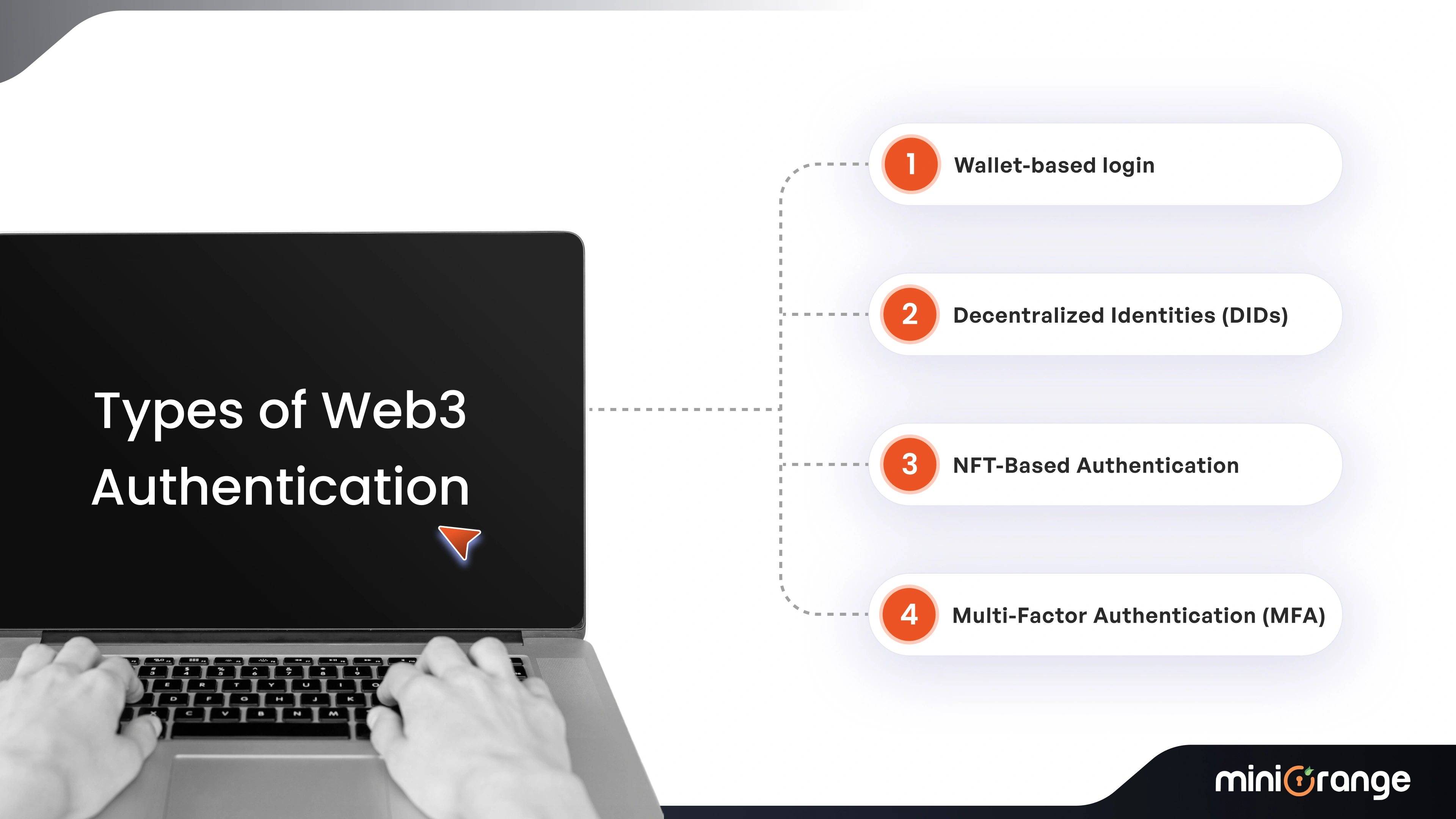
Wallet-based Login
Users authenticate their identity through crypto wallets including MetaMask Trust Wallet and Coinbase Wallet by using public and private keys. The system does not require passwords for entry but users must protect their private key from unauthorized access.
Decentralized Identities (DIDs)
Users create their own identification systems which they store on blockchain networks. Users can access all their applications through a single ID which protects their privacy.
NFT-based Authentication
You can access your apps with an NFT login. The token grants users access to content or services. Smart contracts protect the system while linking identification to digital ownership through this method.
Web3-based Multi-factor Authentication (MFA)
Blockchain signatures become more secure when you add a one-time code or biometric verification. The combined system provides enhanced security against unauthorized access but it creates challenges during the login process.
Web3 solutions empower users to control their data better while eliminating passwords and enhancing security measures. The growing adoption of these solutions will transform both online authentication processes and digital communication methods.
Benefits of Web3 Authentication
By linking identity to cryptographic keys, Web3 Authentication changes how we trust each other online. It gives users back control and gets rid of the risks of using old passwords.
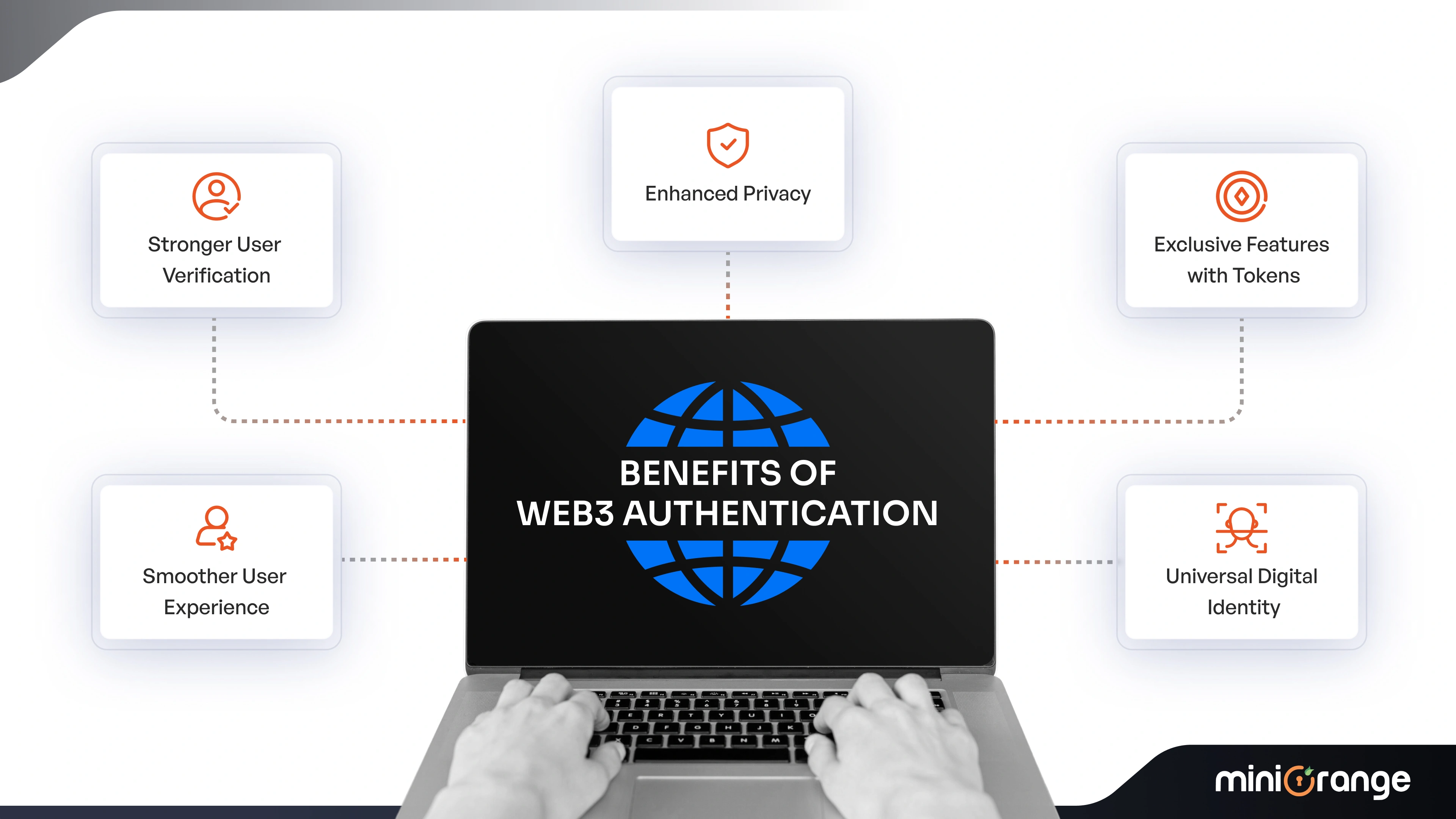
1. Stronger User Verification
A different cryptographic signature is checked against the blockchain's public key every time you log in. The wallet owner is the only one who can approve the authentication request, so phishing and credential stuffing are not possible. You need not use shared secrets or passwords that can be used again. This means that every session is completely safe, that you can trust.
2. Smoother User Experience
Users just have to click "Connect Wallet" and then confirm a prompt in their wallet. This one-click flow does away with password resets, captchas, and other security measures in favor of instant approval. You make people happier, cut down on support tickets, and speed up onboarding in seconds.
3. Universal Digital Identity
Your wallet turns into a single, portable digital passport that any Web3-compliant app can use. You need not deal with broken profiles, log in to different dApps, or set things up manually. Once you're on board, it is easy to switch between services and keep your identity and history.
4. Exclusive Features with Tokens
You can get premium content, gated utilities, or VIP experiences by holding certain NFTs or tokens. Token-gated mechanics give community members and collectors direct rewards. This model gets people involved, builds loyalty, and opens up new ways to make money.
5. Enhanced Privacy
Selective disclosure only shares the information that is necessary for each transaction. You never show full profiles, only the proofs you need, which lowers the risk of data leaks. Granular control over personal information keeps your wallet and identity firmly private.
Web3 ecosystem uses cryptographic signatures and token based privileges to make logging in safer, easier to use, and more private. You need to look forward and step up from traditional authentication if you want to give your users more power and stay ahead in a digital world that is becoming less centralized.
Why is Web3 Auth More Secure?
Web 3 authentication adoption has soared by 300% over the past year, cutting centralized breach risks by more than half. If you value maximum security with zero compromise on user control, Web3 Auth is rewriting the rules of digital identity.
Centralized servers are where traditional login systems keep passwords and personal information. This makes them a single point of failure. Web3 authentication gets rid of that risk by never putting anything private on a server. It doesn't use symmetric cryptography. Instead, your private key signs a challenge, and the public key on the blockchain checks it. This makes it almost impossible to change things and keeps attackers away.
Web3 takes things a step further with adaptive protection strategies like multisig wallets and social recovery. To approve a transaction, multisig needs more than one private key. This spreads trust among the people or devices involved. If you lose your keys, social recovery lets you pick trusted contacts or smart contracts to help you get back in. Even when things go wrong, these systems work together to keep you in charge.
Web3 authentication is safer than older systems like Web2 because it uses cryptography and is not controlled by a single person i.e. distributed. Next, we'll talk about how to add this powerful feature to your app to make it better for your users.
Implementing Web3 Auth with miniOrange
Add secure, blockchain-based authentication in just a few minutes and make sure that users have a smooth experience on-chain. You'll save time on development, build trust, and stay compliant with miniOrange. You can then focus on new ideas instead of infrastructure.
Turnkey Web3 Authentication Solution
miniOrange lets you connect your app to wallets like Ethereum, Polygon, Solana, and other platforms with just one API to login using web3 authentication. It handles node management, key storage, and signature verification in the background. When you start an NFT marketplace or a DeFi protocol, you get enterprise-level security, compliance, and uptime right away.
One-Line SDKs for Instant Wallet Integration
You can use our JavaScript or mobile SDK by just importing it or installing it with npm. You can unlock wallet detection, network switching, and secure connection flows in just a few minutes, and you don't need to know a lot about blockchain to do it. To speed up integration, each SDK comes with prebuilt UI parts and security defaults that are best practices.
Built-In Support for MetaMask, WalletConnect, and Hardware Wallets
Right out of the box, you can add MetaMask, WalletConnect, Ledger, Trezor, and other top wallets to give users wallet experiences they are used to. miniOrange automatically finds available wallets, switches connections on mobile without any problems, and checks the integrity of sessions in real time. You get the same analytics and audit trails every time, without having to write any extra code.
Optional Adaptive MFA for Environments that Use Both Web2 and Web3
Add adaptive multi-factor checks on top of blockchain signatures to meet the needs of enterprise governance. miniOrange only asks for SMS, email OTP, or FIDO2 when risk levels are high enough. This keeps Web3 flows smooth for users who can be trusted. This mixed method makes your stack completely untrustworthy and makes it easier to connect old systems.
Check out our authentication solution to get Web3 auth ready for production in just a few hours, or read about Passwordless Authentication for a user experience that is completely smooth.
Give your dApp bulletproof, easy-to-use and passwordless authentication today and see how much more people use it.
Identity Security and Web3 Authentication
By 2026, 60% of businesses will test wallet-based authentication, which will cut down on password-related breaches and make users feel more secure. Web3 authentication replaces weak passwords with cryptographic wallets, which make logging in easy and private and give you access to all the features of decentralized apps.
Web3 authentication uses public-private key cryptography in a wallet-first model to change the way we think about protecting our identities. Users establish a blockchain wallet connection to dApps through MetaMask or WalletConnect which enables the application to verify signed challenges against wallet public keys. The authentication process eliminates passwords and centralized credential storage which reduces security breaches while enabling users to maintain complete control of their data.
Organizations can enhance security through decentralized identifiers (DIDs) and verifiable credentials and end-to-end encrypted sessions which also fulfill privacy regulations. For WordPress, miniOrange allows you to create NFT-based gated content. Also, with WordPress stores on WooCommerce, integrate crypto wallet easily with NFT-based token access. Enable web3 authentication on WordPress through secure wallet integration. Companies achieve seamless secure access through this method which enables trustless interactions between users across Web3 ecosystems.
Accept the future of identity and give your users the privacy and safety they need. Get in touch with us today to add Web3 authentication to your decentralized apps.
FAQs
Is Web3 authentication truly passwordless?
Yes, web3 authentication is passwordless because you need your crypto wallet where you have already authenticated yourself. Web3 verification uses cryptographic signatures, making passwords and server-side credential storage redundant.
How does Web3 auth prevent phishing?
Web 3 authentication is highly effective to prevent phishing attempts because in it the signing occurs within the user’s wallet interface. Attackers cannot redirect or replicate the challenge without the private key.
What are the risks of using Web3 wallets for login?
Some of the biggest risks of using Web3 wallets is the risk of key loss. However, techniques like social recovery, multisig wallets, and hardware devices mitigate this concern. This makes Web3 wallets more secure and safer for logins relative to other methods like OTP, links or passwords.
Can Web3 authentication be used in enterprises?
Absolutely. Web3 authentication is perfectly suited for enterprises requiring hybrid solutions that combine Web2 and Web3 methods. This allows enterprises to use blockchain-based identity while keeping existing IAM controls.

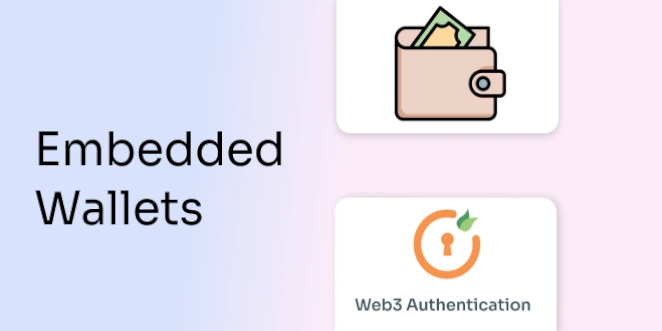
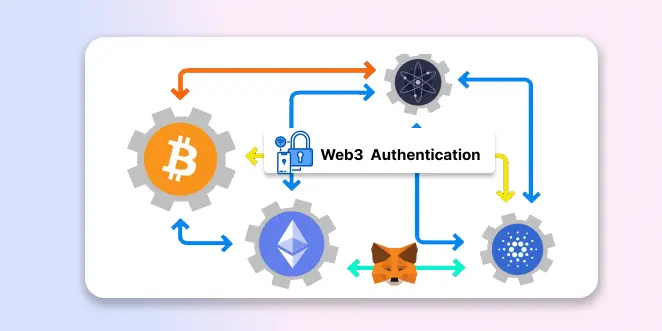
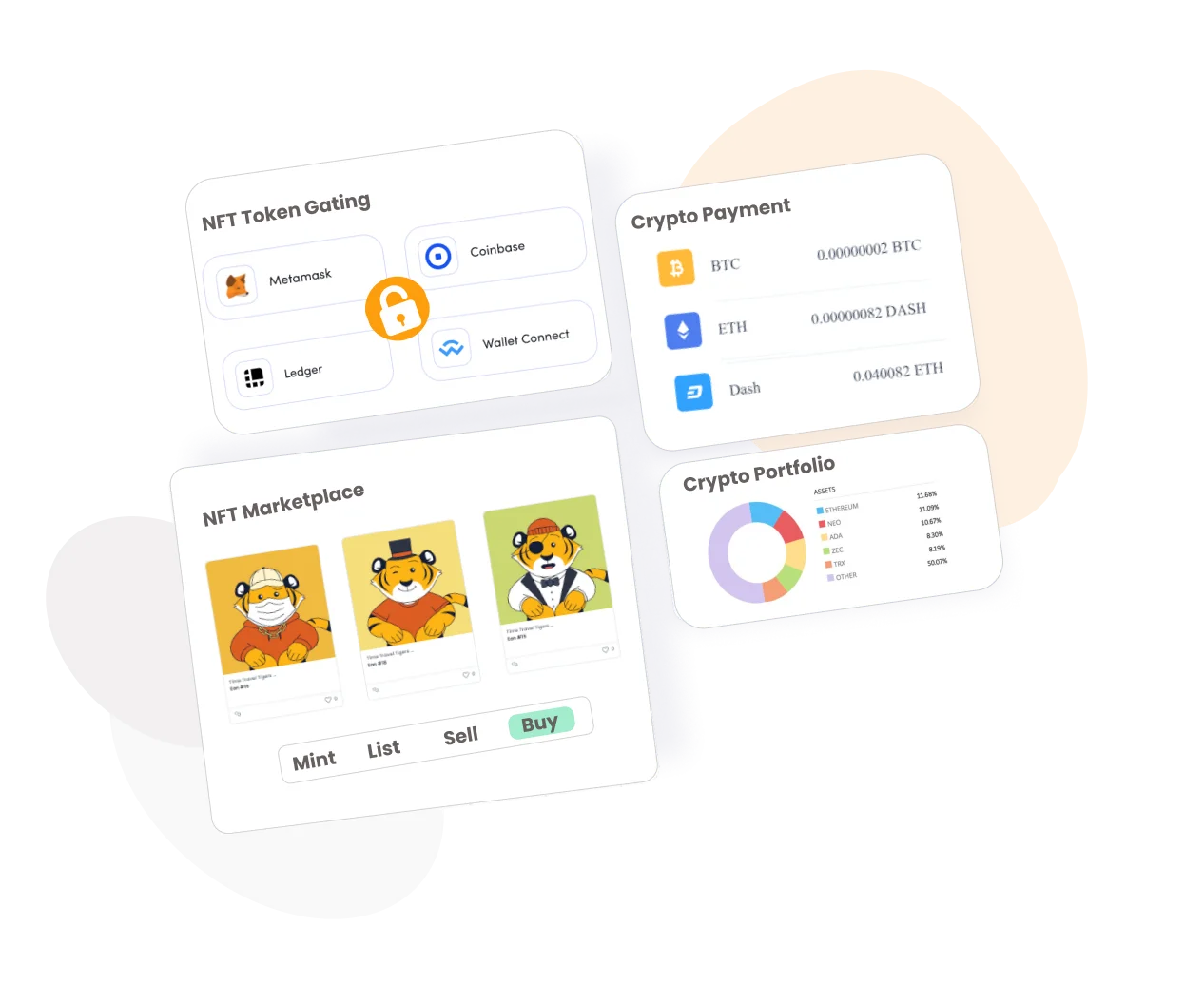

Leave a Comment